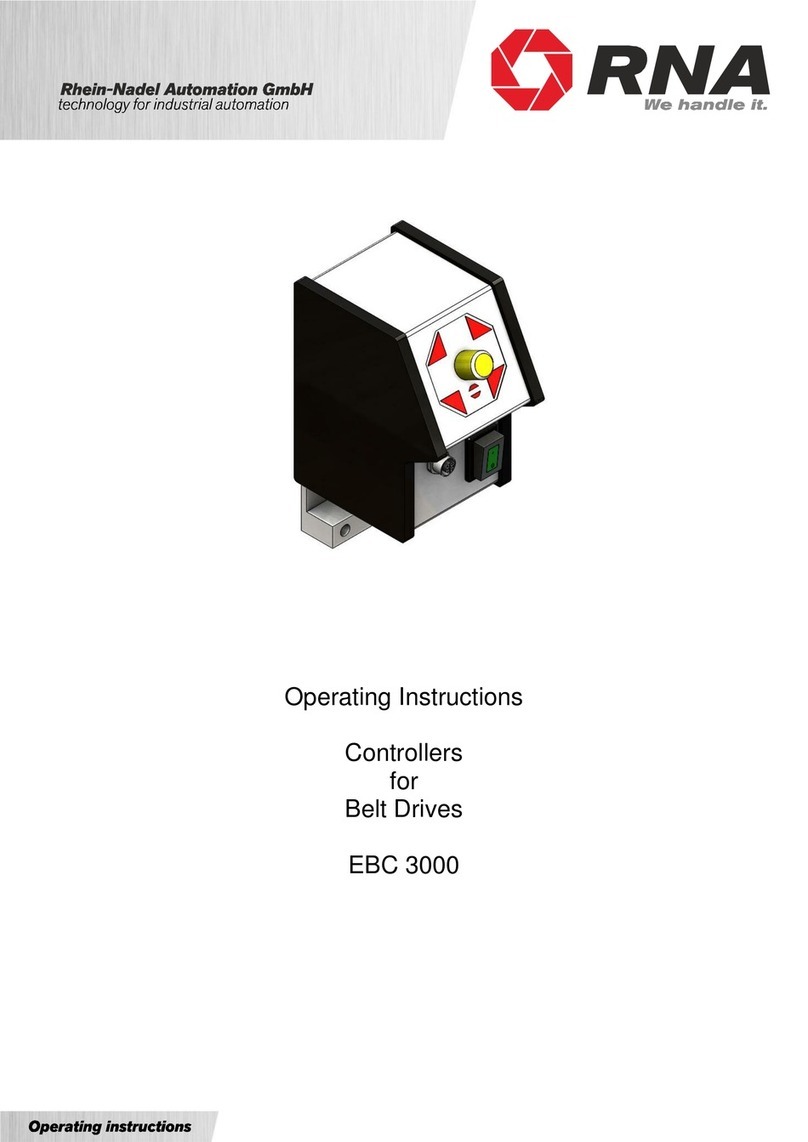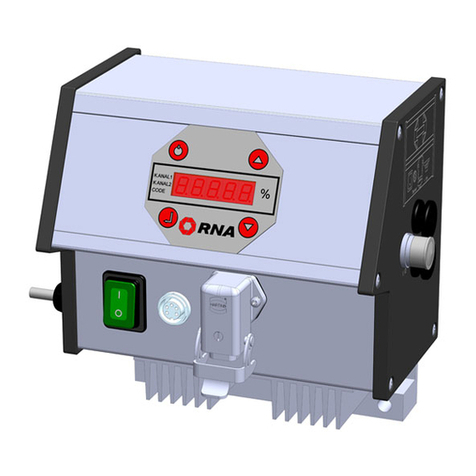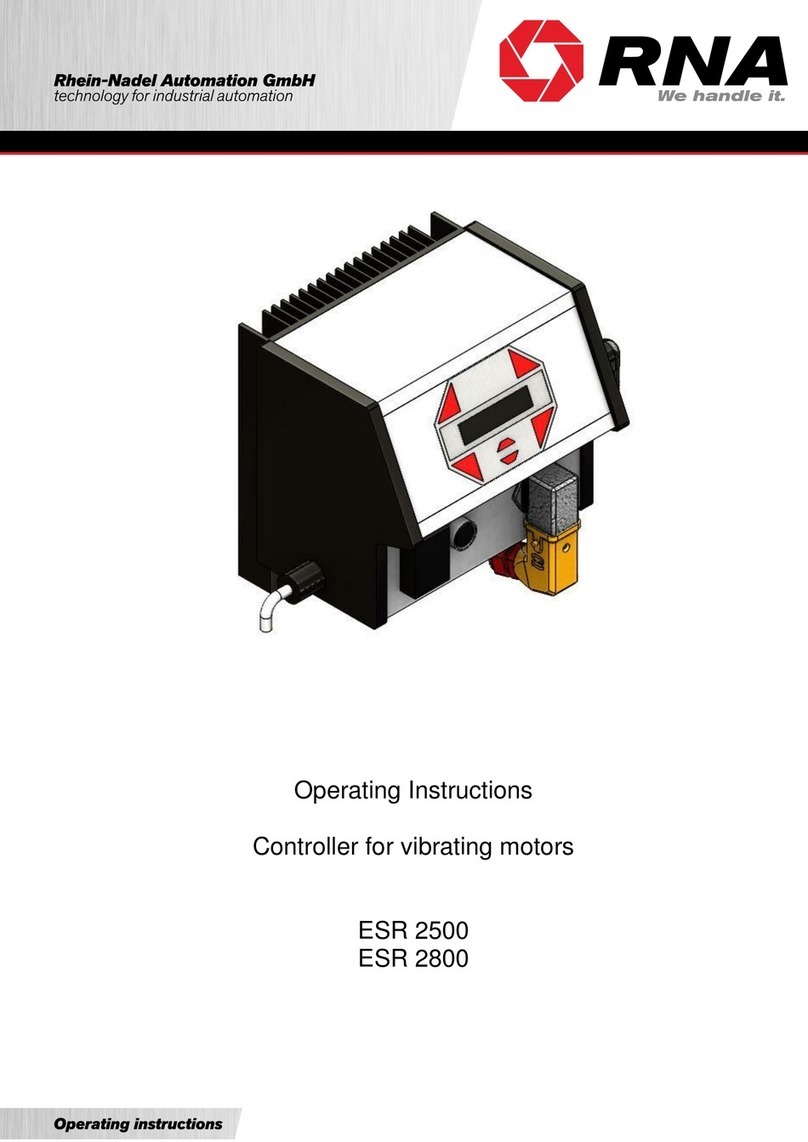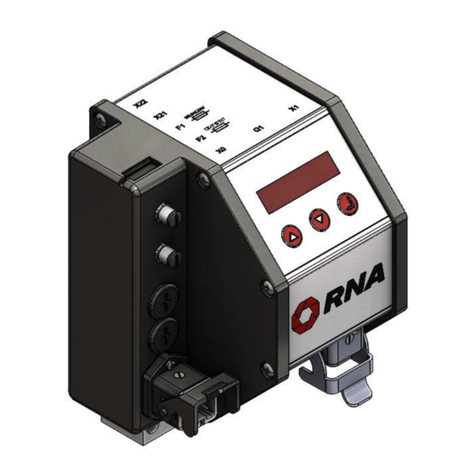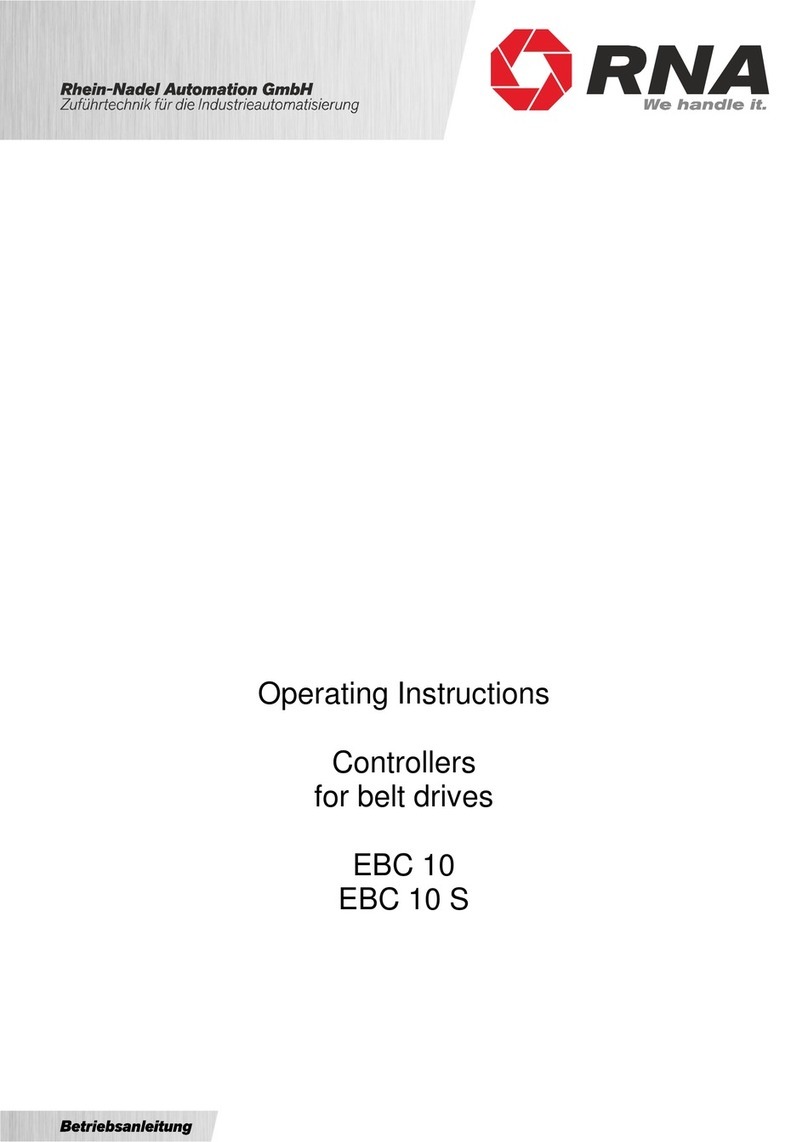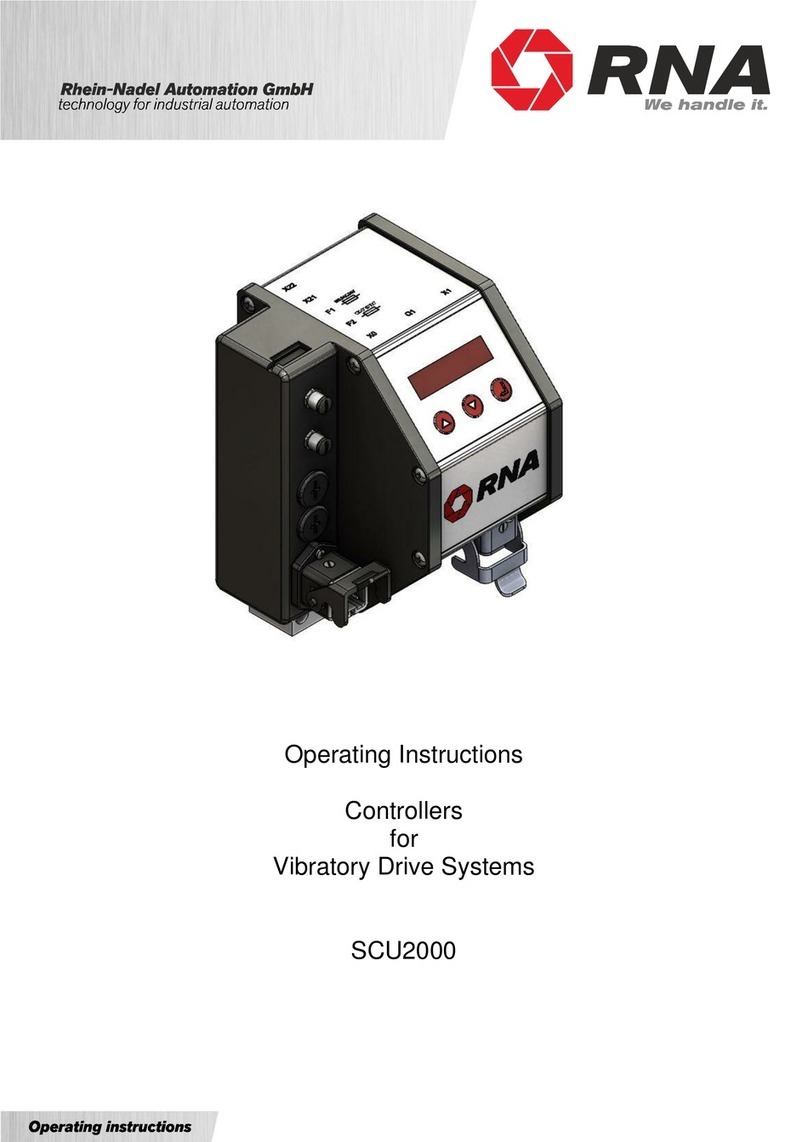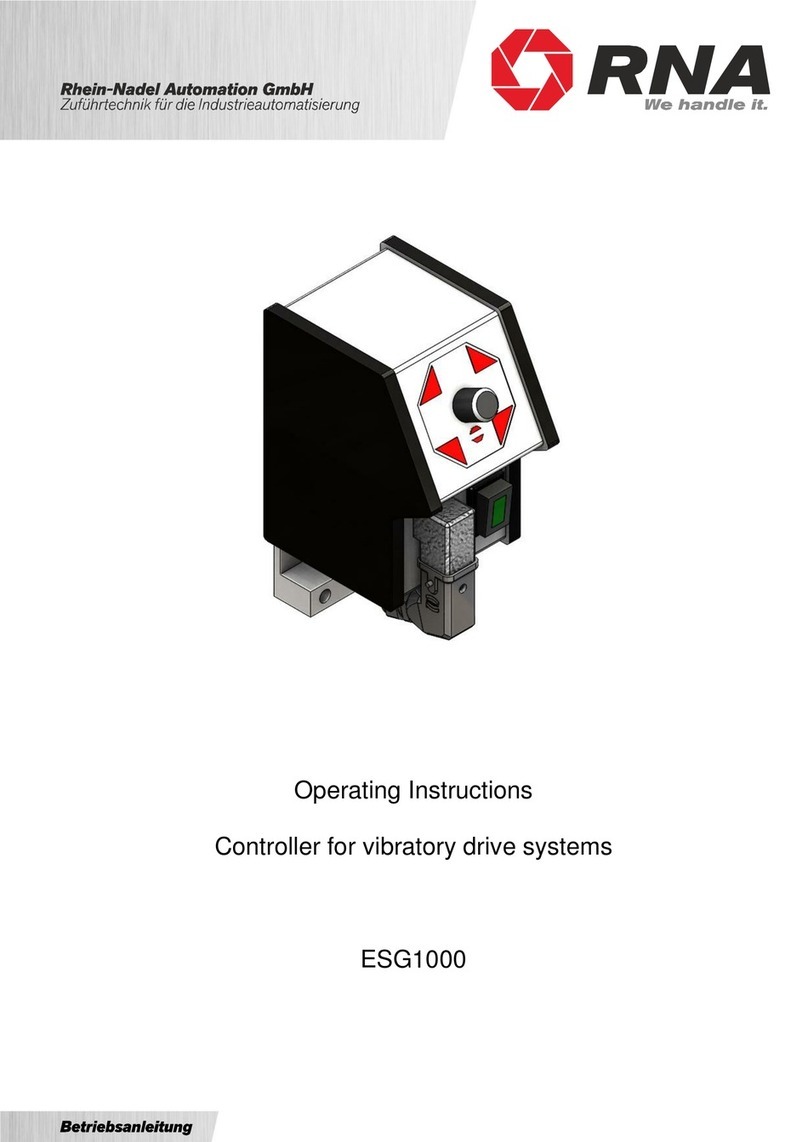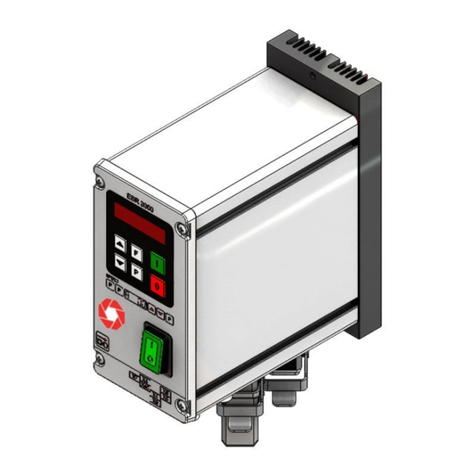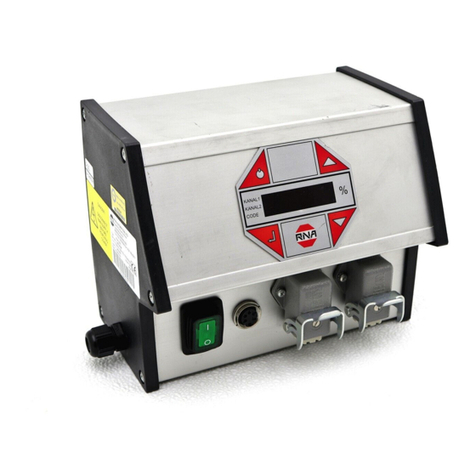Rhein-Nadel Automation GmbH 2
VT-BA-ESK2000_EN_2023.docx
Table of Contents
1. About this document ..............................................................................................................4
2. Safety information..................................................................................................................4
2.1. Design of safety directives ...............................................................................................4
2.2. Fundamental safety directives..........................................................................................4
2.3. Personnel.........................................................................................................................4
2.4. Intended use ....................................................................................................................5
2.5. Residual hazards..............................................................................................................5
2.5.1. Device ........................................................................................................................5
2.5.2. Protection of the drive system....................................................................................5
2.5.3. Degree of protection - Protection of persons and equipment .....................................5
3. Product information................................................................................................................6
3.1. Characteristic features .....................................................................................................6
3.2. EC conformity...................................................................................................................6
3.3. Technical data..................................................................................................................6
3.4. Accessories......................................................................................................................7
4. Notes on start-up....................................................................................................................7
4.1. Modes of operation...........................................................................................................7
4.2. Automatic mode change...................................................................................................8
4.3. Sensor inputs and sensor linkages...................................................................................8
4.4. Sensor connection............................................................................................................9
4.5. Status outputs and relays...............................................................................................10
5. Operation .............................................................................................................................10
5.1. General ..........................................................................................................................10
5.2. Starting-up the controller................................................................................................11
5.3. Main menu / Setpoint entry and display .........................................................................12
5.4. Description of individual codes for controller programming............................................13
5.5. Application-specific changes to default settings.............................................................14
5.5.1. Code C001 feed rate output.....................................................................................14
5.5.2. Code C003 Seal setpoint..........................................................................................14
5.5.3. Code C004 sensor input 1 and code C005 sensor input 2.......................................15
5.5.4. Code C006 Sensor linkage.......................................................................................16
5.5.5. Code C008 cycle monitoring ....................................................................................18
5.5.6. Code C009 Show status...........................................................................................19
5.5.7. Code C200 Inhibiting all code entries.......................................................................19
5.5.8. Code C100 Setting the feed rate by external voltage input. .....................................20
5.5.9. Code C143 Saving parameters................................................................................20
5.5.10. Code C210 Retrieving parameters...........................................................................21
6. Error message......................................................................................................................21
7. Dimensioned drawing...........................................................................................................22
8. Connection diagram.............................................................................................................23






